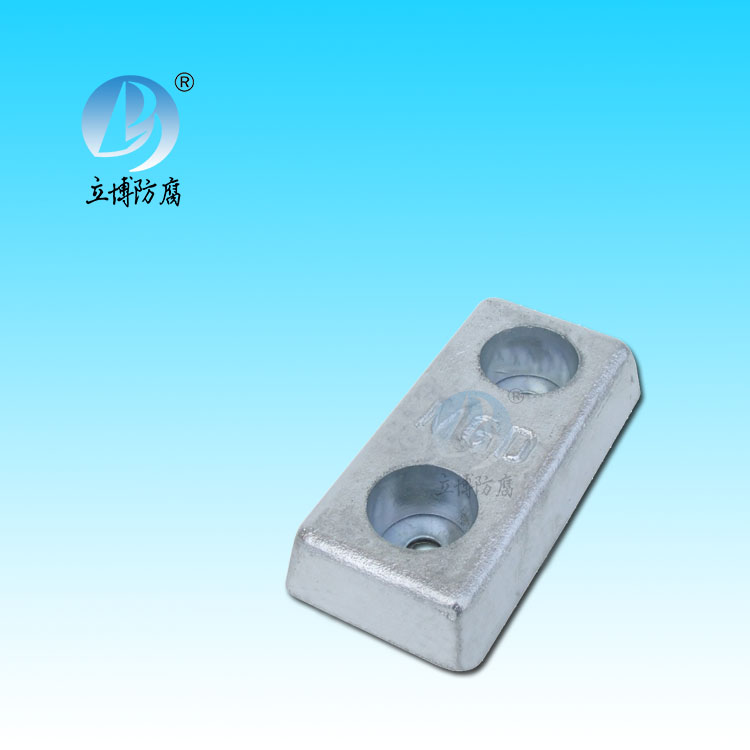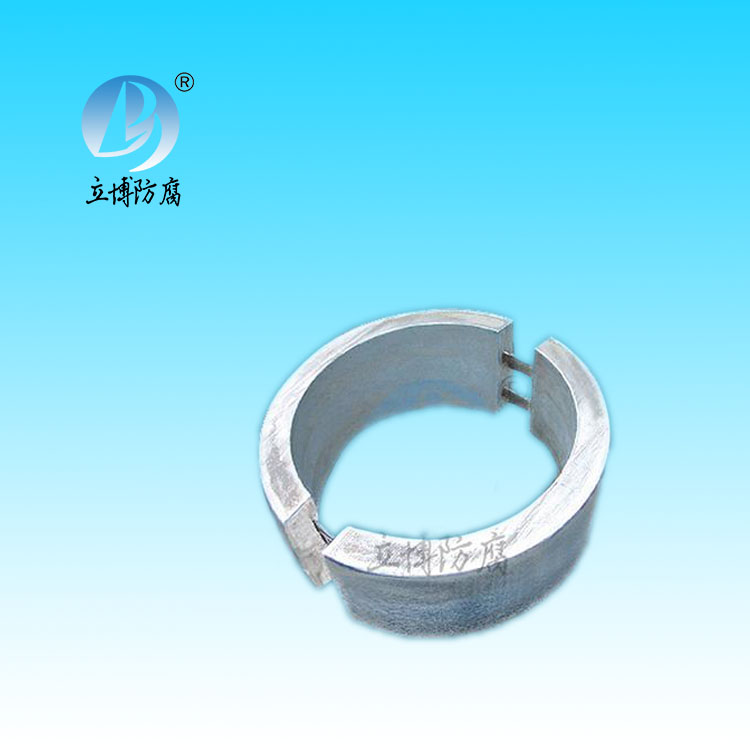News
News
- What is a sacrificial anode
- Basic requirements for reference...
- What does the reference electrode do...
- Why are zinc blocks attached to the ...
- What is the principle of impressed...
- What material does metal structure...
Contact
Phone:18739187123
hotline:0391-7588881
E-mail:970512272@qq.com
Address:Wuzhi County, Jiaozuo City, China
Industry News
Cathodic protection of oil and water separator in oil field
- Author:Libo
- Source:wkmeufh.cn
- Date:2021-06-11
- Click:0
Cathodic protection of oil and water separator in oil field
Related introduction
In oil surface engineering, any part of the inner wall of all kinds of steel containers is likely to be corroded when it comes into contact with water medium. In order to control equipment failure or damage economically, minimize or eliminate unsafe factors and the possibility of contamination caused by corrosion, rupture and leakage, we must apply cathodic protection measures, namely impressed current protection or sacrifice anode protection, to the inner wall of the container while using the covering layer.
Determine the protection current density
The required protection current density of the protected metal is related to the type of the metal, the nature of the corrosive medium (composition, temperature, speed, etc.), the total resistance of the circuit in the protection system, whether the metal surface has a covering layer and the quality of the covering layer, etc. These factors may cause the minimum current density to vary from a few mA/m2 to several hundred mA/m2. In general, the required protection current density is determined by reference to literature, empirical data or tests.
Dielectric condition protection current density /mA? m-2
Sea water flow
5 Fresh Water Flow
Fresh Water still 55
High temperature fresh water oxygen saturation 180
High temperature fresh water degassing
Determine the required number of anodes, shape, size
1. Determine the required number of anode, shape should be considered factors
(1) surface area of steel exposed in water;
(2) Required current density;
(3) expected current output value of the anode
(4) Container structure
(5) Design life of the cathodic protection system
2. The shape and application of the anode
(1) Plate anode: for mounting on the bottom of the container or on the internal frame, especially for small containers with internal accessories.
(2) Rod type anode: rod type anode should be preferred in a complex container with irregular form and internal fittings, and it should be installed on the side of the curved shape
(3) screen type anode: in the case of the current distribution uniformity requirements are very high, this kind of anode can be selected, the anode effective surface area of the screen type anode is the largest.







 客服QQ
客服QQ